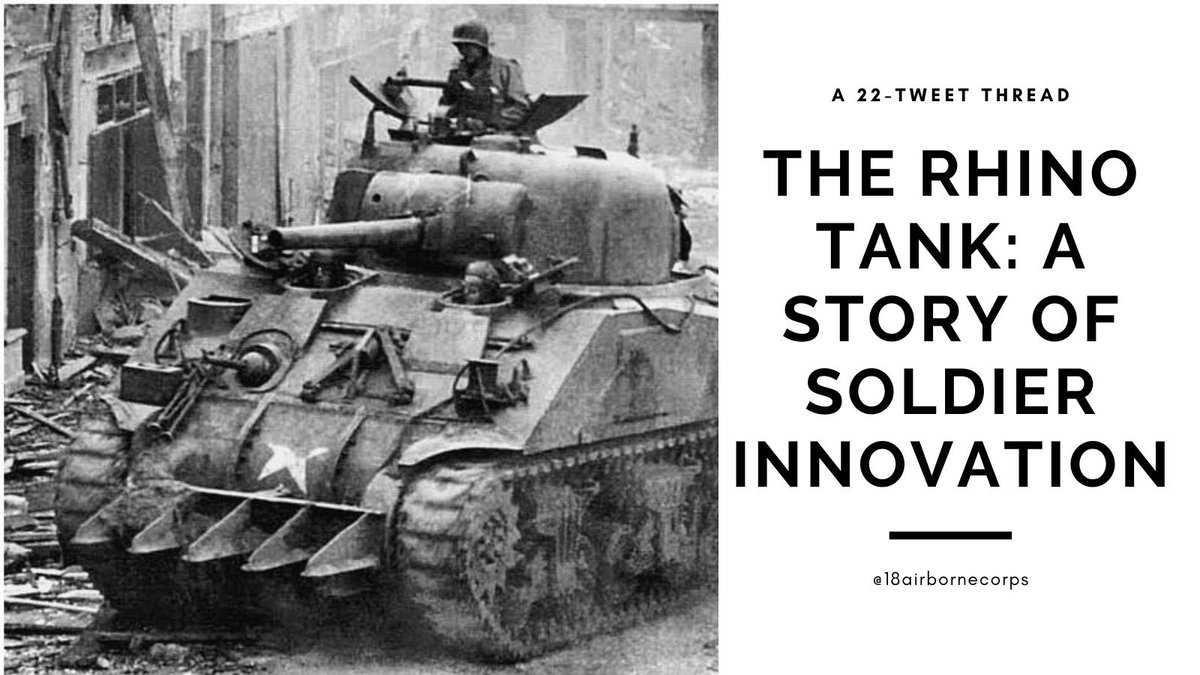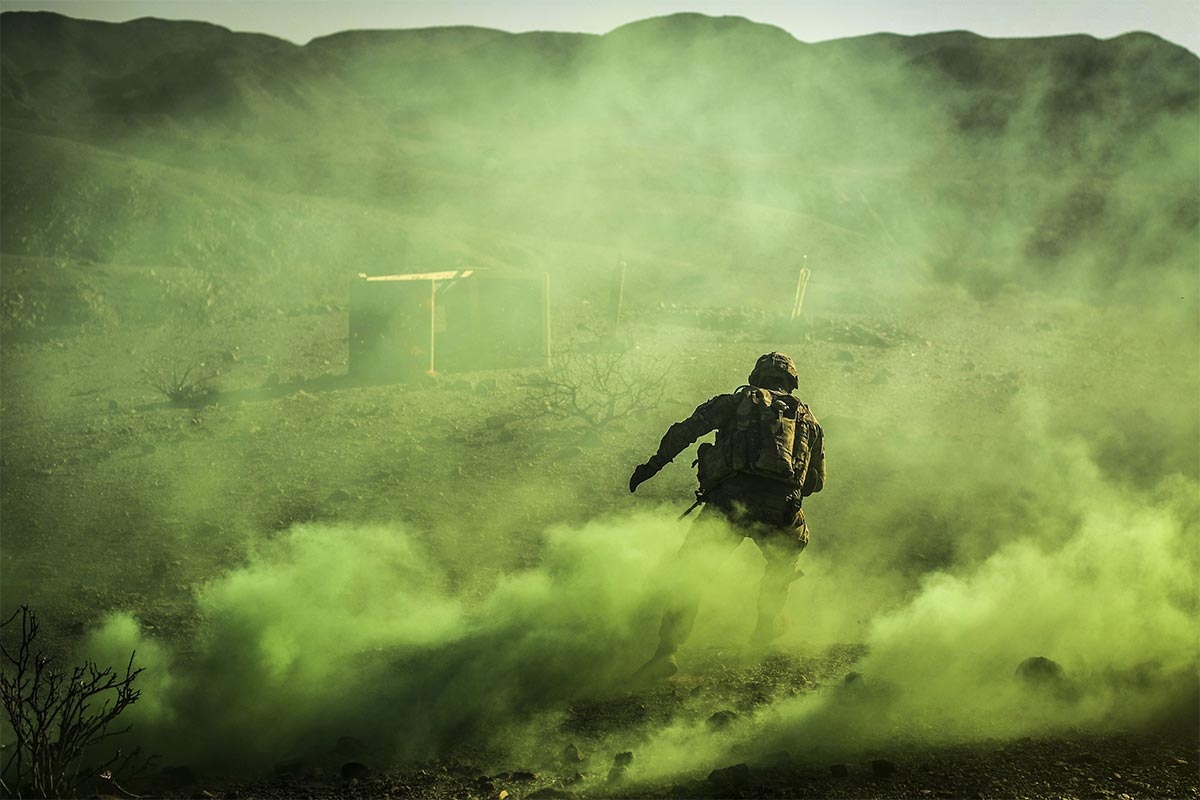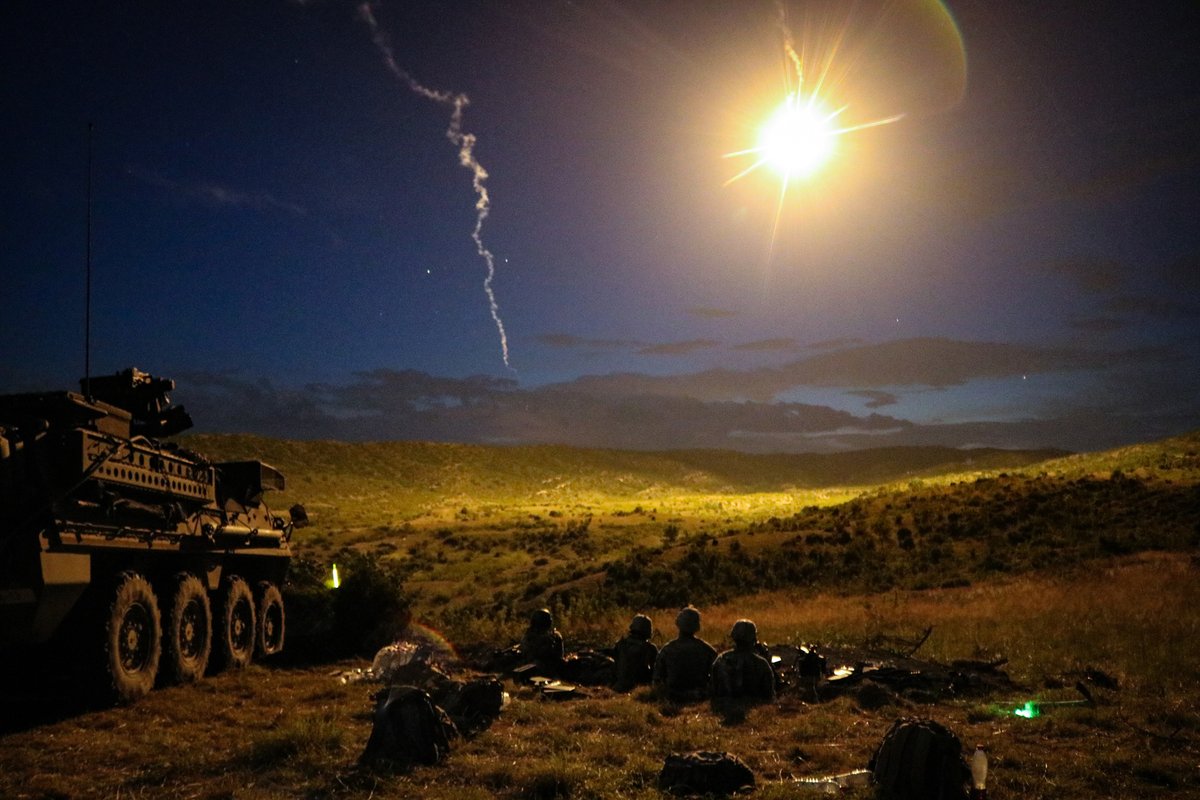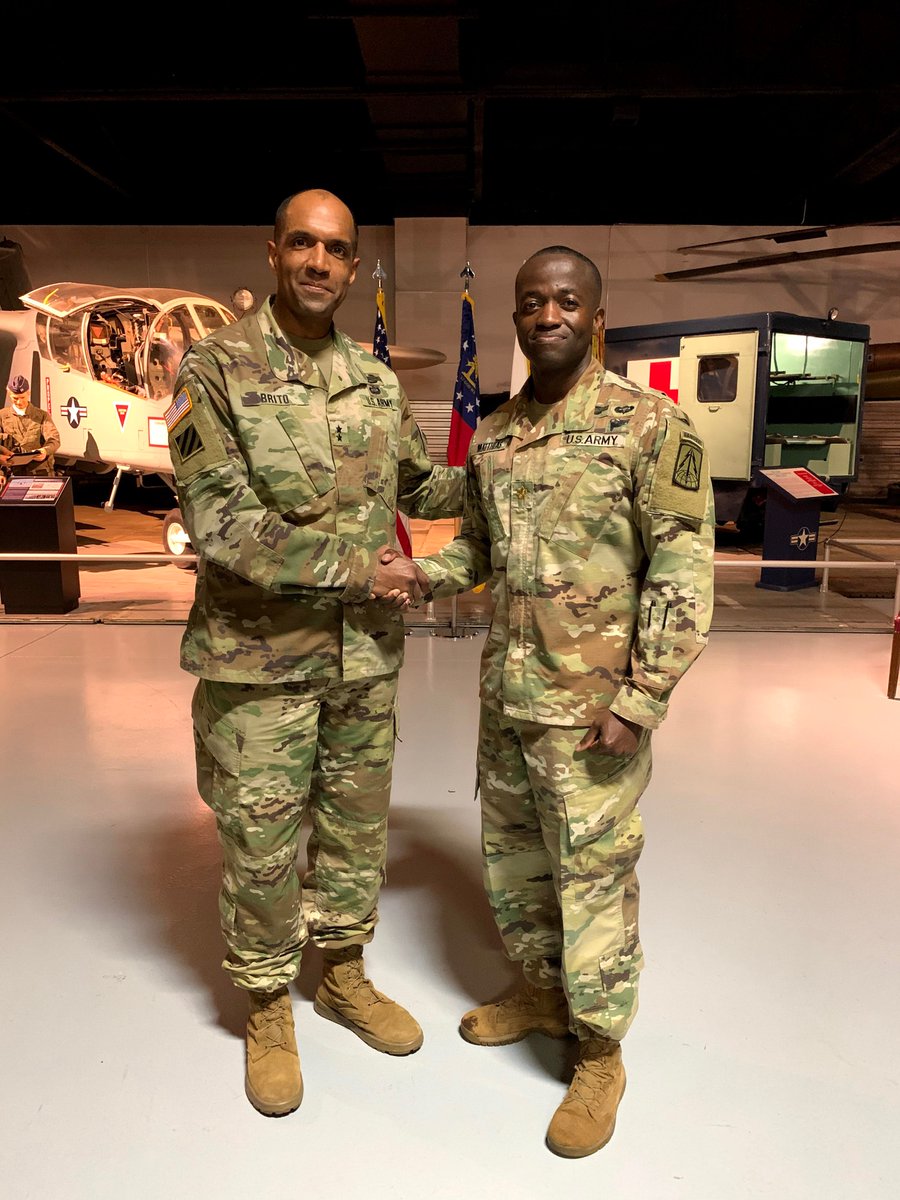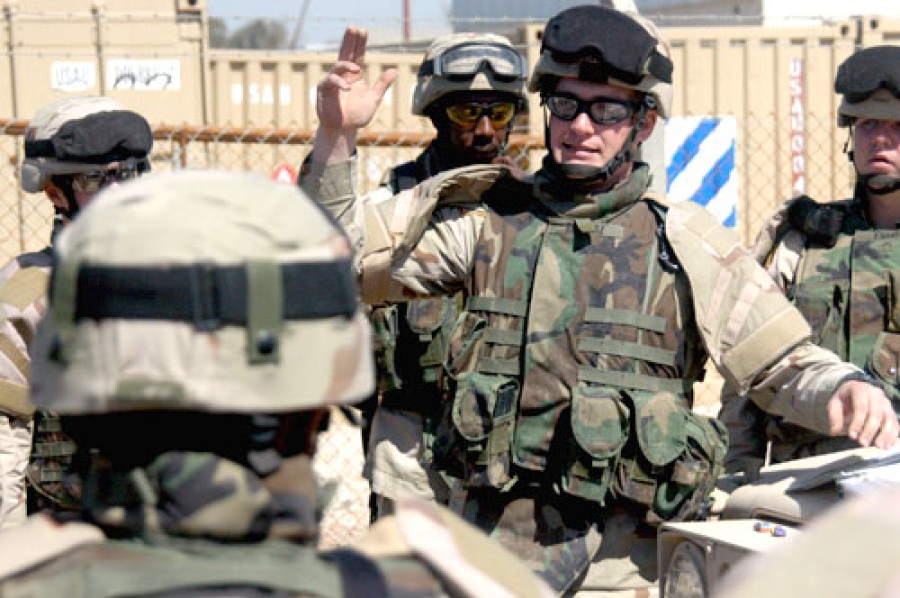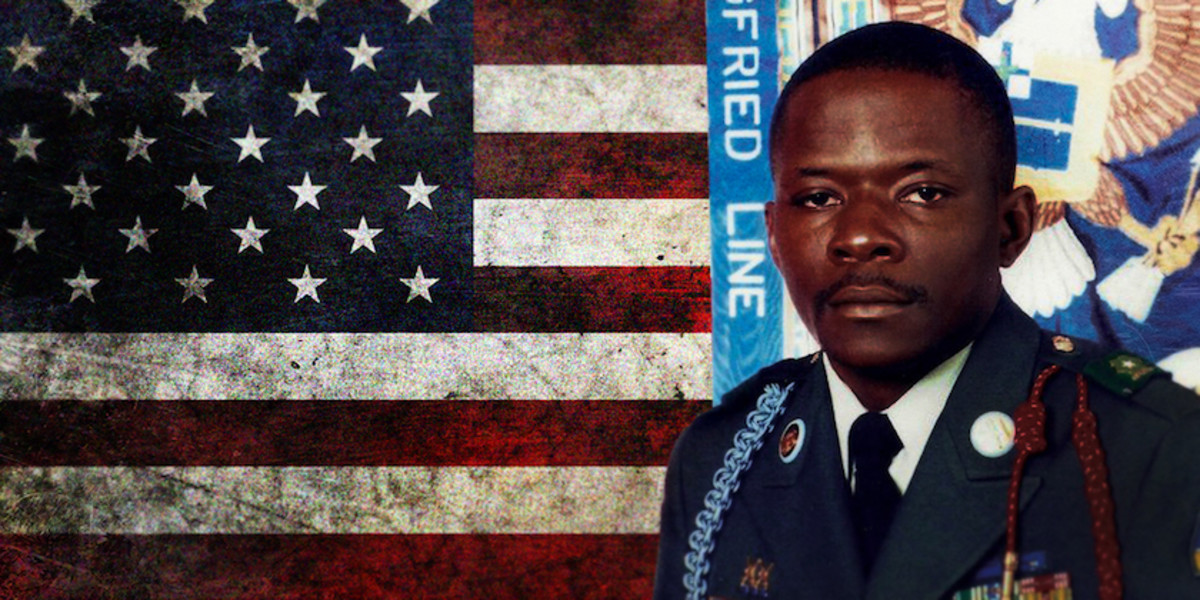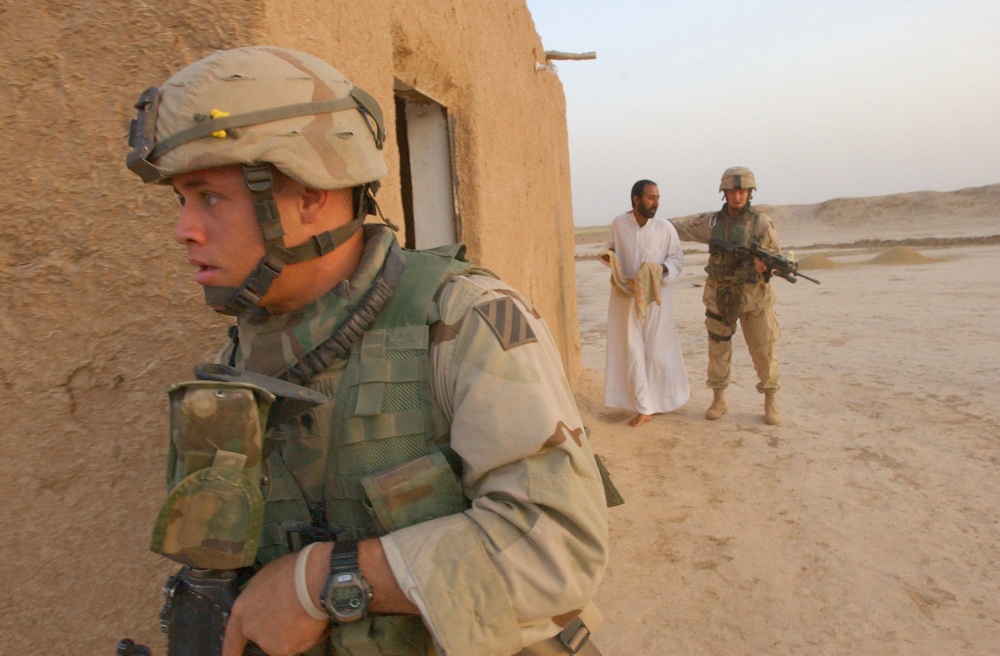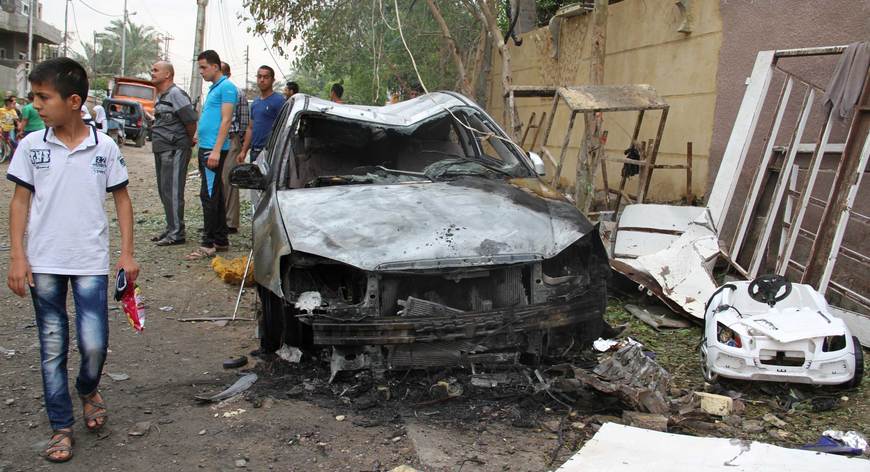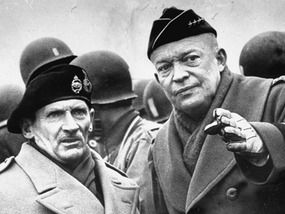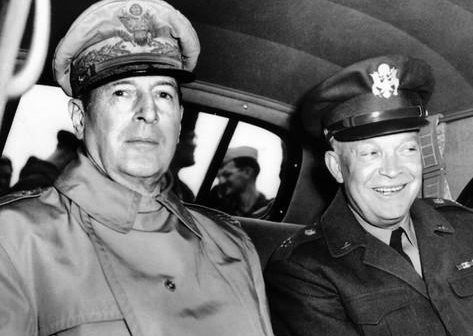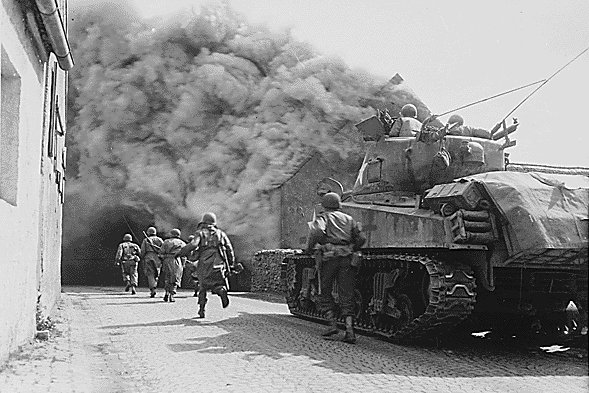
1 of 10:
Earlier today we explained that the XVIII Airborne Corps was alerted for a possible invasion of Cuba in the frenzied first four days of the Cuban Missile Crisis. Now let’s take a look at the proposed plan presented to JFK.
Earlier today we explained that the XVIII Airborne Corps was alerted for a possible invasion of Cuba in the frenzied first four days of the Cuban Missile Crisis. Now let’s take a look at the proposed plan presented to JFK.

2 of 10:
It was a contingency plan developed after the April 1961 Bay of Pigs disaster: OPLAN 316, a simultaneous airborne insertion by the Corps and an amphibious assault by II Marine Amphibious Force.
It was a contingency plan developed after the April 1961 Bay of Pigs disaster: OPLAN 316, a simultaneous airborne insertion by the Corps and an amphibious assault by II Marine Amphibious Force.
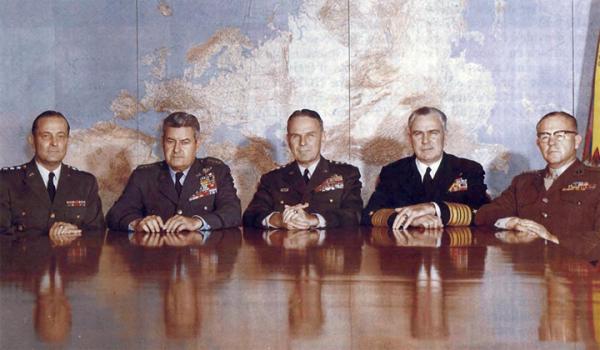
3 of 10:
Contingencies never arrive at a perfect time, and this one developed at a particularly complicated period for the XVIII Airborne Corps. First, a large portion of the corps was in the process of changing its basic organizational structure under the ROAD reorg.
Contingencies never arrive at a perfect time, and this one developed at a particularly complicated period for the XVIII Airborne Corps. First, a large portion of the corps was in the process of changing its basic organizational structure under the ROAD reorg.
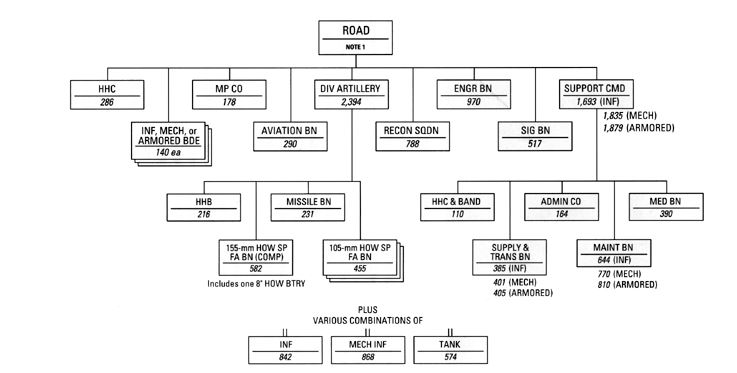
4 of 10:
Second problem: the XVIII Airborne Corps just returned from emergency deployment to Oxford, Mississippi in support of federal efforts to integrate the University of Mississippi and was recovering equipment (talk about high operational tempo for the corps!!!)
Second problem: the XVIII Airborne Corps just returned from emergency deployment to Oxford, Mississippi in support of federal efforts to integrate the University of Mississippi and was recovering equipment (talk about high operational tempo for the corps!!!)
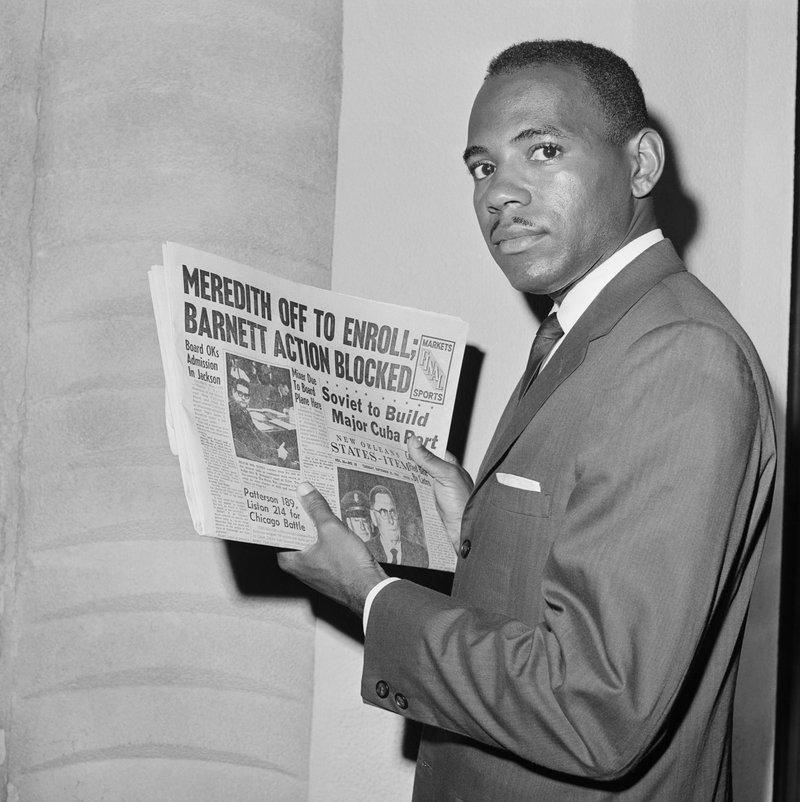
5 of 10:
General Hamilton Howze, XVIII Airborne Corps Commander, legitimately didn’t know if the corps would be able to push out ready forces in 5 days as McNamara required [imagine being the corps commander who tells the SecDef you’re not ready]
General Hamilton Howze, XVIII Airborne Corps Commander, legitimately didn’t know if the corps would be able to push out ready forces in 5 days as McNamara required [imagine being the corps commander who tells the SecDef you’re not ready]
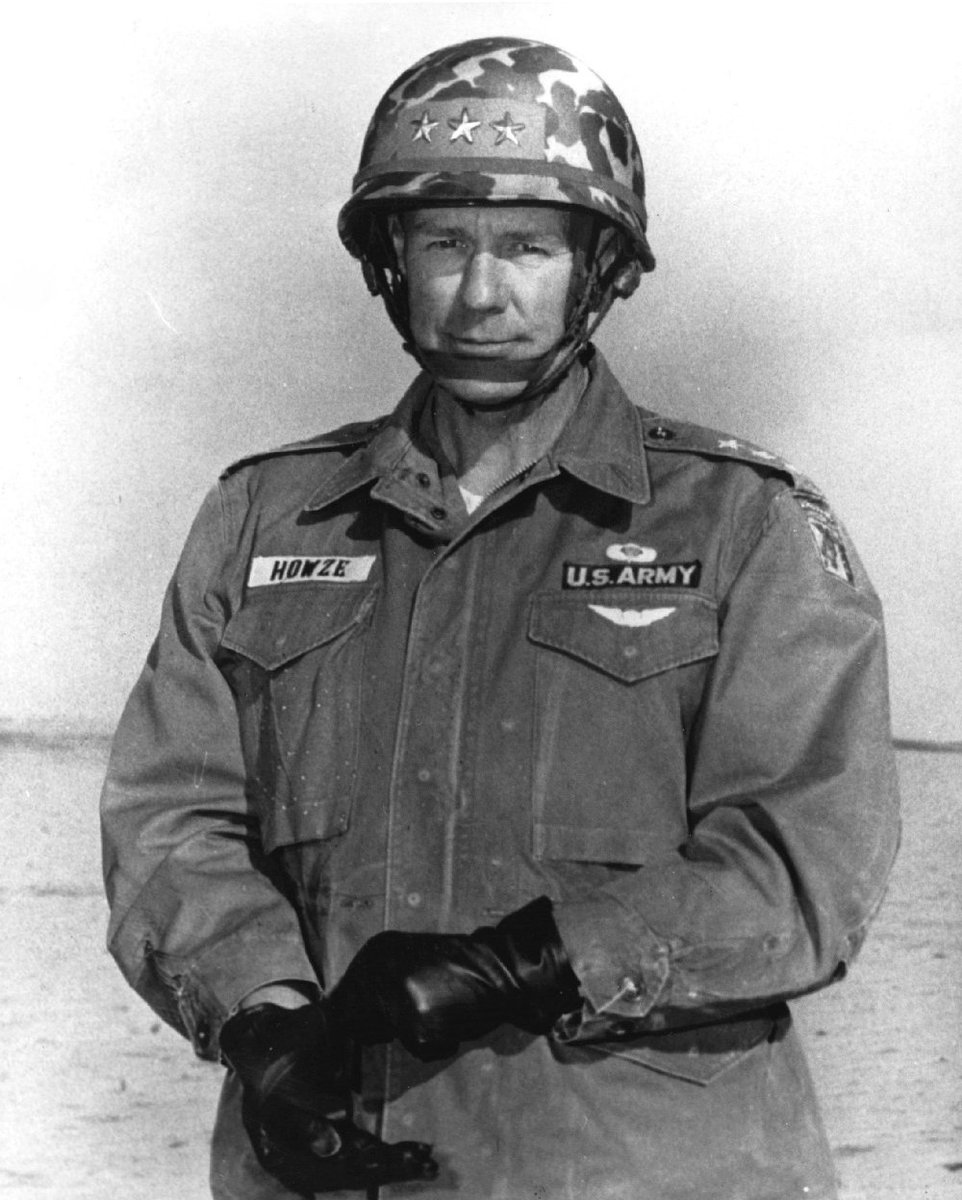
6 of 10:
The plan: Marines land in eastern Cuba (near Guantanamo). The XVIII Airborne Corps forces lands in the west. The insertion is controlled by the @USNavy’s 2nd Fleet headquarters.
The plan: Marines land in eastern Cuba (near Guantanamo). The XVIII Airborne Corps forces lands in the west. The insertion is controlled by the @USNavy’s 2nd Fleet headquarters.

7 of 10:
Once the initial landings were complete, HQ, XVIII Airborne Corps becomes Joint Task Force Cuba, controlling the operation.
Once the initial landings were complete, HQ, XVIII Airborne Corps becomes Joint Task Force Cuba, controlling the operation.
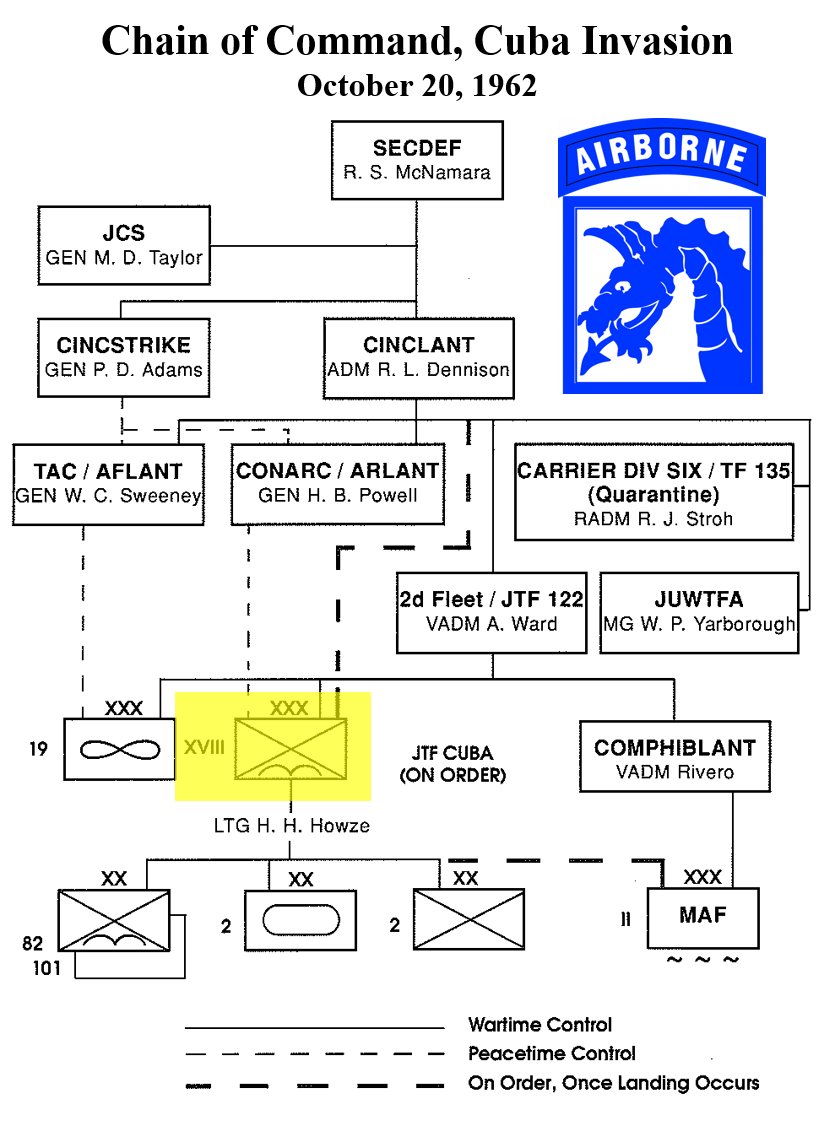
8 of 10:
The @101stAASLTDIV then secures beaches at Mariel for the XVIII ABN Corps’ @1stArmoredDiv to come in by sea.
The @82ndABNDiv takes 4 airfields near San Antonio de los Baños.
The @101stAASLTDIV then secures beaches at Mariel for the XVIII ABN Corps’ @1stArmoredDiv to come in by sea.
The @82ndABNDiv takes 4 airfields near San Antonio de los Baños.
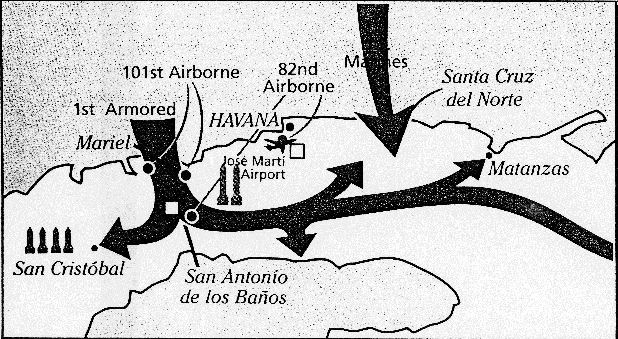
9 of 10:
XVIII ABN Corps forces then capture missile sites at San Cristóbal, Sagua la Grande, and Remedios.
Meanwhile, an XVIII Airborne Corps rear command post uses airfields in Florida as a logistical base and for staging post-invasion forces.
XVIII ABN Corps forces then capture missile sites at San Cristóbal, Sagua la Grande, and Remedios.
Meanwhile, an XVIII Airborne Corps rear command post uses airfields in Florida as a logistical base and for staging post-invasion forces.

FINAL:
There were holes all over the plan. Problems with communications, problems with joint command and control, problems with ready forces. Let’s discuss those tomorrow.
For tonight, let's close on this thought: Thank God we didn’t have to do it.
There were holes all over the plan. Problems with communications, problems with joint command and control, problems with ready forces. Let’s discuss those tomorrow.
For tonight, let's close on this thought: Thank God we didn’t have to do it.

• • •
Missing some Tweet in this thread? You can try to
force a refresh

